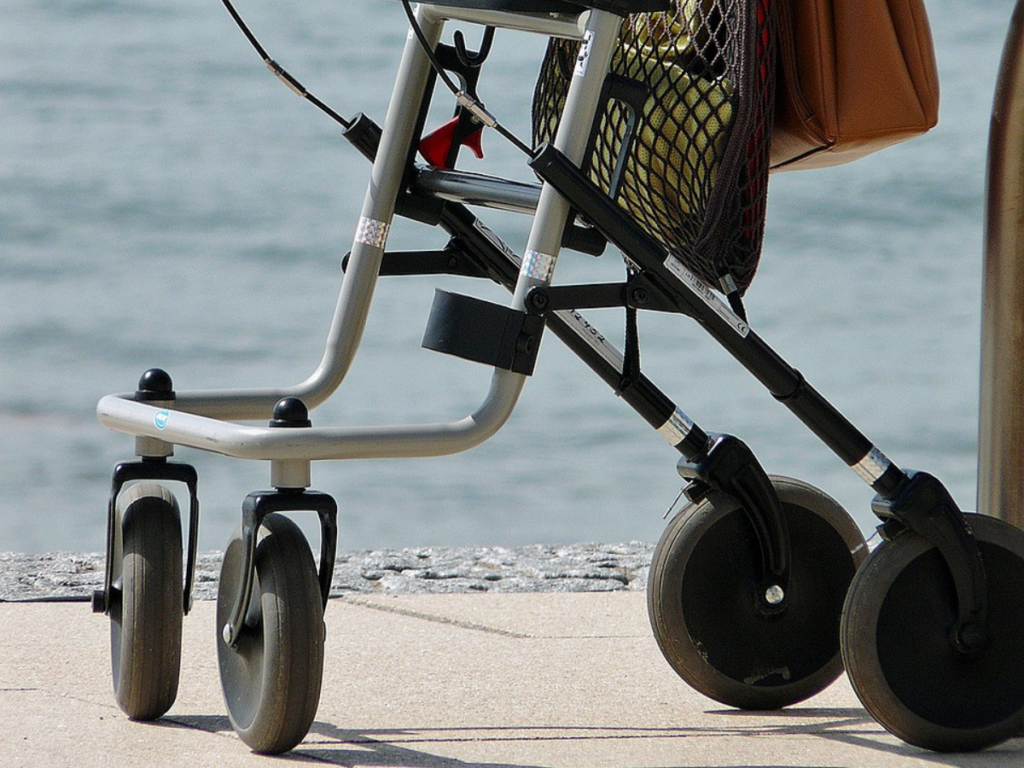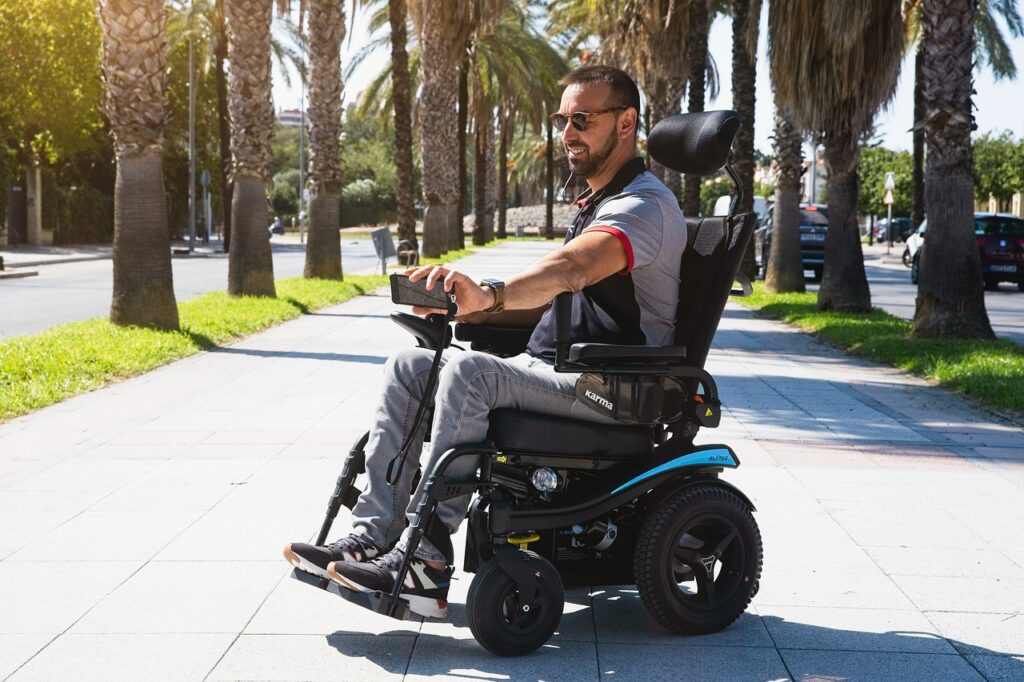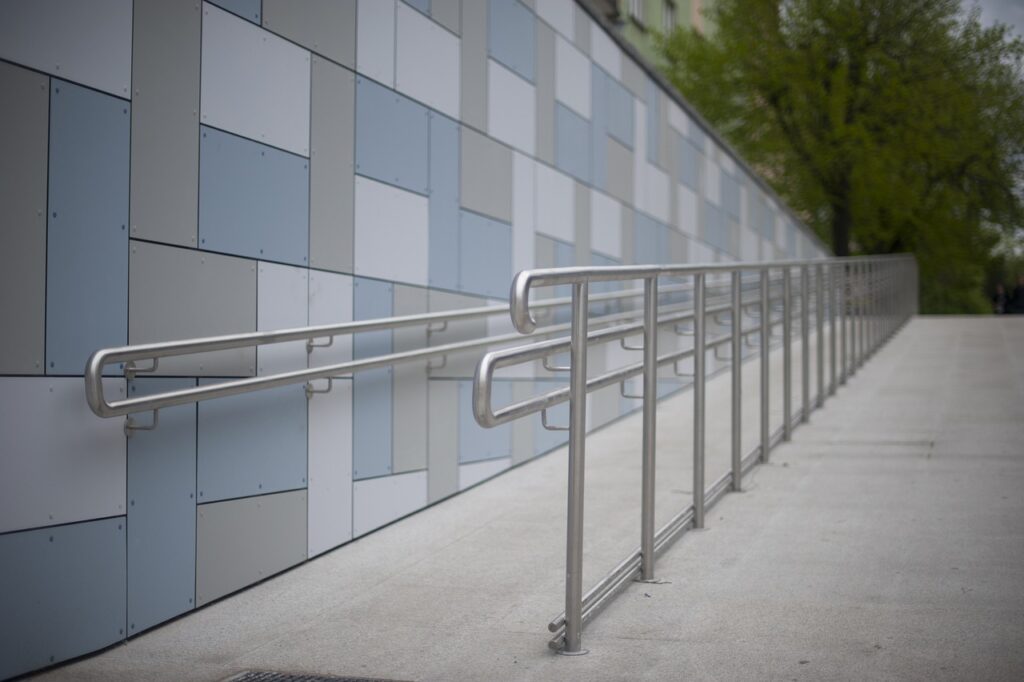As our population ages in the US, the need for accessible parking and accommodations for seniors and people with disabilities becomes increasingly important. Ensuring that elderly and disabled people have access to convenient and safe parking is not only a matter of convenience but also one of basic human rights and inclusivity.
In this article, we’re exploring the unique challenges faced by seniors and disabled people in the context of parking and discuss the various solutions and accommodations that can address these challenges.
Elderly and Disabled Parking: The Importance of Accessibility
Accessible parking for seniors and disabled people is a critical aspect of creating an inclusive and equitable society. It recognizes the unique mobility challenges faced by these people and aims to provide solutions that make their lives easier and more convenient.
Here’s why accessible parking is essential:
1. Promoting Independence:
Accessible parking allows seniors and disabled people to maintain their independence by providing them with convenient access to essential services, such as medical facilities, shopping centers, and community centers.
2. Safety and Comfort:
Accessible parking spaces are designed with safety and comfort in mind. They are often wider, providing extra space for mobility devices and reducing the risk of accidents.
3. Reducing Physical Strain:
For elderly people and those with mobility issues, the distance from the parking space to the entrance can be a significant challenge. Accessible parking spaces are typically located closer to building entrances, reducing the physical strain of walking long distances.
4. Ensuring Equal Opportunities:
Accessible parking ensures that seniors and disabled people have equal access to opportunities, such as employment, education, and recreational activities. Without the right accommodations, these opportunities may be limited.
Mobility Challenges for the Elderly
The aging process often brings a range of mobility challenges for seniors. These challenges can include reduced muscle strength, balance issues, joint pain, and decreased stamina. As a result, the act of walking longer distances or navigating uneven terrain can become daunting tasks.
Accessible parking for seniors becomes crucial in addressing these challenges:
1. Limited Endurance:
Seniors may find it difficult to walk long distances without becoming fatigued. Accessible parking spaces located closer to entrances can help conserve their energy for other activities.
2. Balancing Difficulties:
Elderly people may experience balance problems, making it challenging to navigate uneven surfaces or curbs. Accessible parking spaces often have smoother pathways to the entrance, reducing the risk of falls.
3. Mobility Aids:
Seniors may rely on mobility aids such as canes, walkers, or wheelchairs. Accessible parking spaces are designed to accommodate these devices, making it easier for seniors to move from their vehicles to the building.

Unique Challenges of Disabled Parking
While both seniors and people with disabilities benefit from accessible parking, people with disabilities often face unique challenges related to mobility. These challenges may be the result of physical disabilities, sensory impairments, or cognitive conditions. Addressing these challenges is essential for ensuring that disabled people have equal access to parking facilities:
1. Wheelchair Accessibility:
People who use wheelchairs require more significant accommodations, including wider parking spaces, ramps, and lowered curbs to access sidewalks.
2. Visual Impairments:
Some disabled people may have visual impairments, which can make it challenging to identify parking spaces, signage, and pathways. Accessible parking must incorporate tactile elements and clear signage.
3. Cognitive Disabilities:
Cognitive conditions such as dementia can affect a person’s ability to navigate parking facilities safely. Clear signage, well-defined pathways, and assistance from caregivers are essential in such cases.
Disability Parking Solutions
To address the unique challenges faced by seniors and people with disabilities, several disability parking solutions and accommodations have been developed:
1. Accessible Parking Spaces:
Designated accessible parking spaces are wider, have extra room for deploying mobility devices, and are located closer to building entrances.
2. Ramps and Curb Cuts:
Ramps and curb cuts provide smooth transitions between parking areas and walkways, making it easier for people using wheelchairs or walkers.
3. Accessible Pathways:
Clear and accessible pathways with tactile markings and signage guide individuals with visual impairments safely from their vehicles to the building entrance.
4. Handicap Parking Signage:
Clear and visible handicap parking signage ensures that people can easily identify designated spaces and access routes.
5. Van-Accessible Spaces:
Van-accessible spaces are designed to accommodate wheelchair-accessible vans, providing extra space for deploying ramps or lifts.
6. Drop-Off Zones:
Drop-off zones located near entrances offer a convenient solution for people with mobility challenges, allowing them to be dropped off close to the building.
7. Accessible Restrooms:
Parking facilities should provide accessible restrooms with features like grab bars and wide stalls to accommodate those with mobility issues.
Senior Citizen Parking Assistance
In addition to designated parking spaces and accommodations, some parking facilities and organizations offer specific services and assistance to senior citizens. These services aim to address the unique needs of elderly people:
1. Valet Parking:
Valet parking services can be a great convenience for seniors who may have difficulty navigating parking lots or walking long distances.
2. Shuttle Services:
Some facilities provide shuttle services from parking areas to building entrances, ensuring that seniors have easy access to their destinations.
3. Senior Discounts:
Offering discounted parking rates for senior citizens can be an incentive for them to visit various establishments.
Accessible Parking for the Elderly: A Holistic Approach
To create truly accessible parking facilities for the elderly and disabled, a holistic approach is necessary. This approach should involve the following key elements:
1. Regulatory Compliance:
Ensuring that parking facilities adhere to local, state, and federal regulations regarding accessible parking.
2. Education and Awareness:
Raising awareness among the public, businesses, and property owners about the importance of accessible parking and the unique challenges faced by seniors and people with disabilities.
3. Regular Maintenance:
Conducting regular maintenance and inspections to ensure that parking spaces, pathways, and signage remain in good condition and compliant with accessibility standards.
4. Community Involvement:
Encouraging community involvement and feedback to identify specific needs and areas for improvement in parking facilities.
5. Universal Design:
Embracing universal design principles to create parking spaces that are intuitive and user-friendly for individuals of all ages and abilities.
***
Accessible parking for seniors and people with disabilities is an essential component of creating an inclusive and equitable society. It addresses the unique mobility challenges faced by these individuals, allowing them to maintain their independence, safety, and comfort when accessing various services and opportunities.
By adhering to regulations, implementing best practices, and fostering awareness and community involvement, we can ensure that parking facilities are not only compliant but also welcoming and accessible to all, regardless of their age or physical abilities.
Whether you’re looking for more information on handicap parking for seniors in Wisconsin or need to understand how to get a disability parking permit in Florida, the Dr Handicap blog covers a ton of detailed topics. Check it out today!
Featured image by Silviu on the street from Pixabay.



